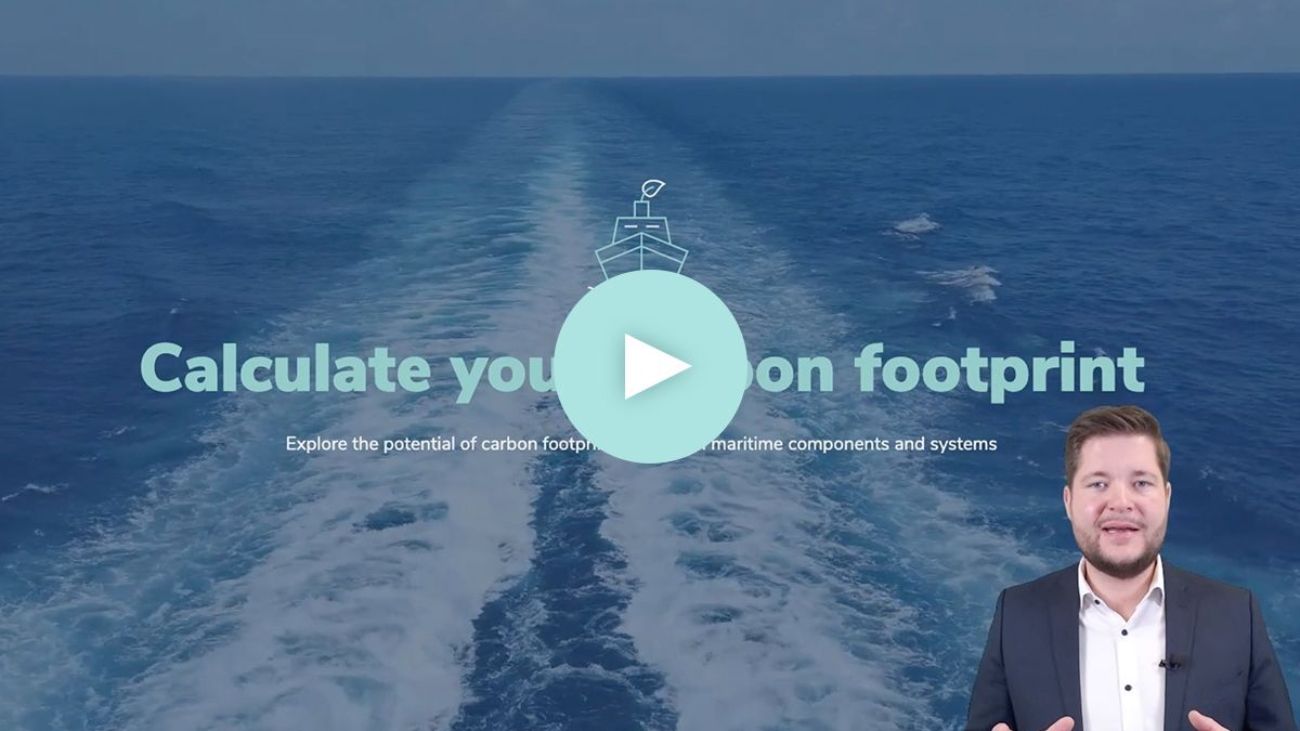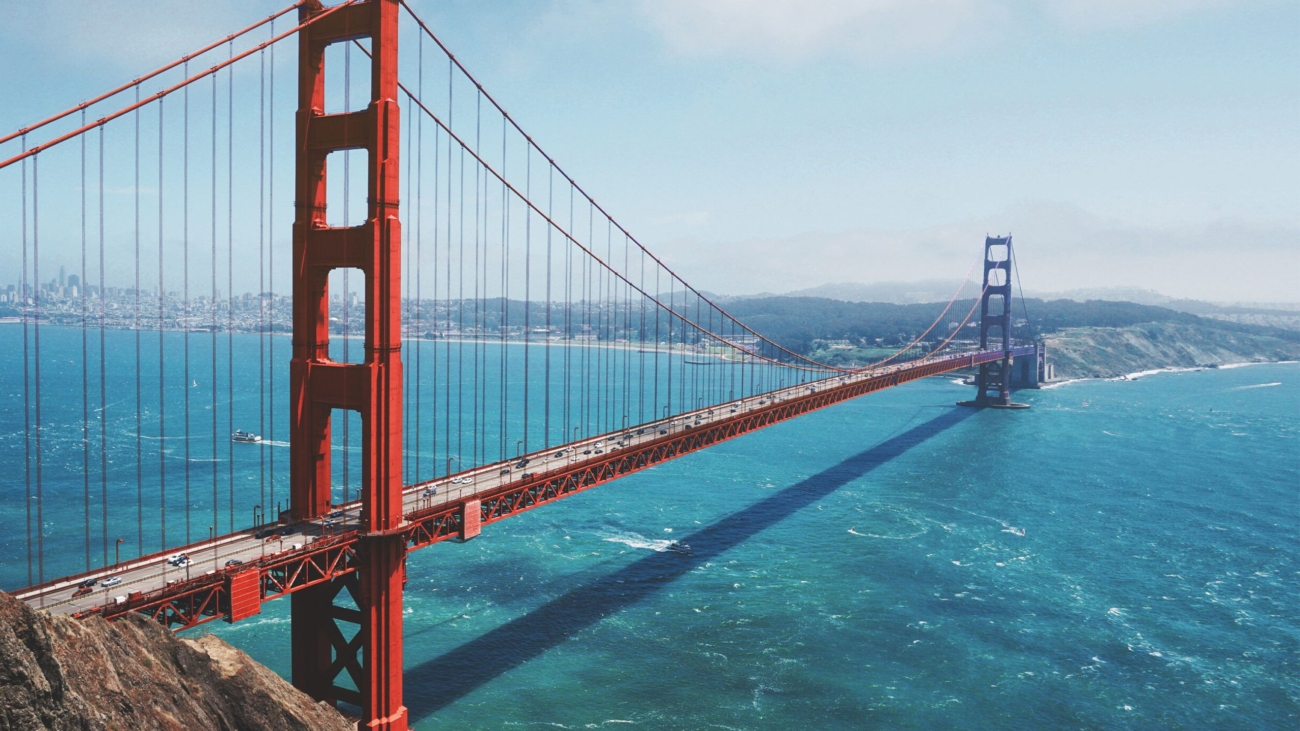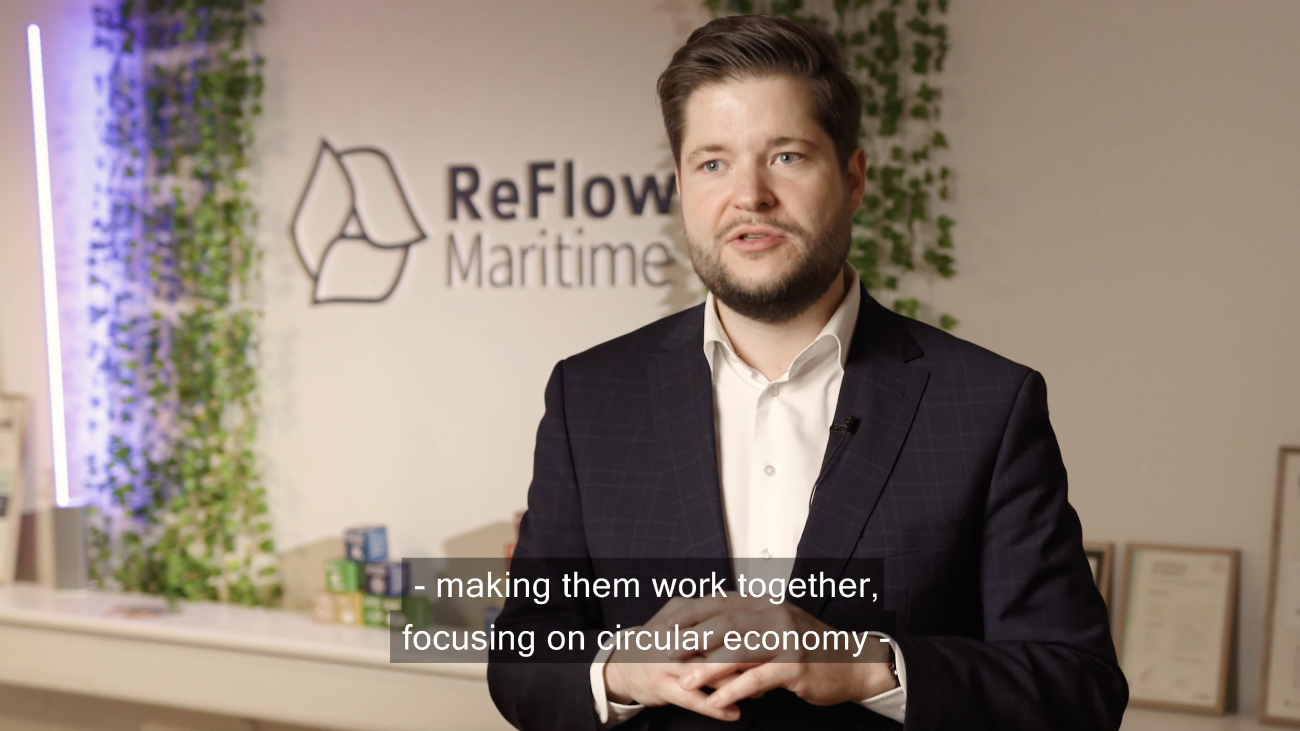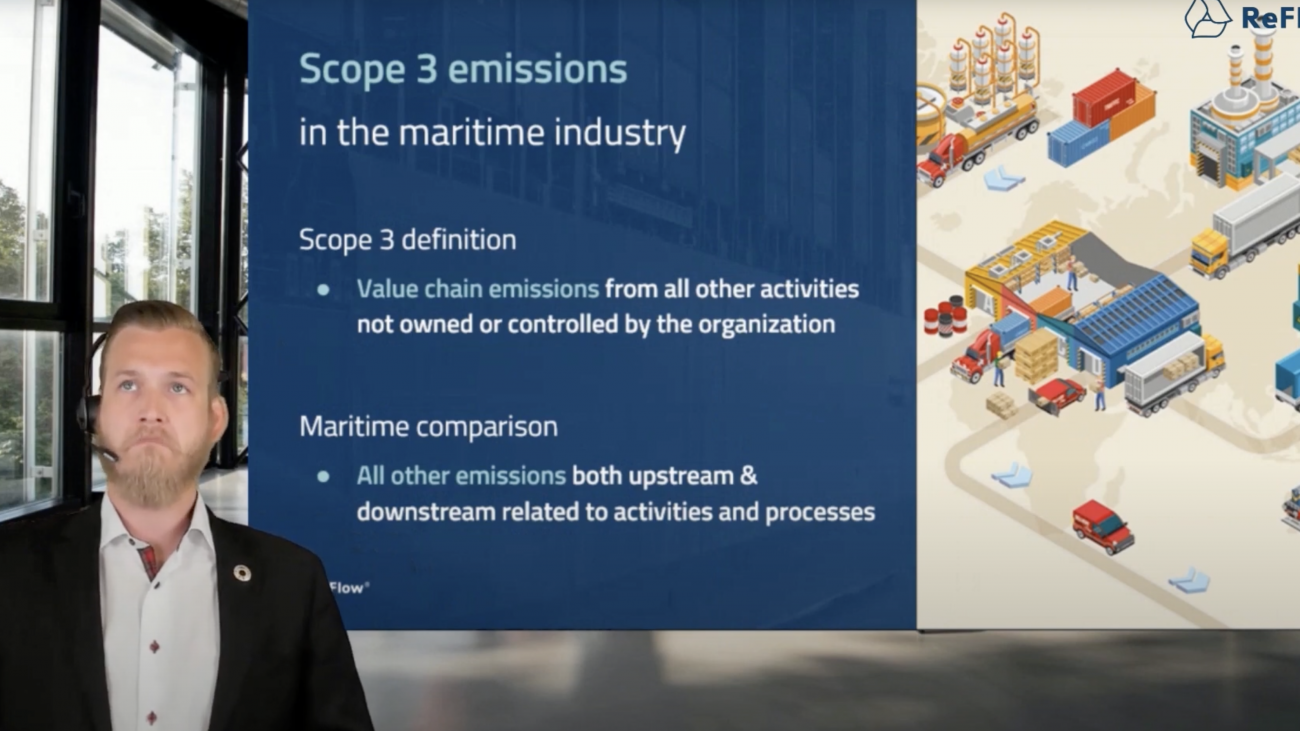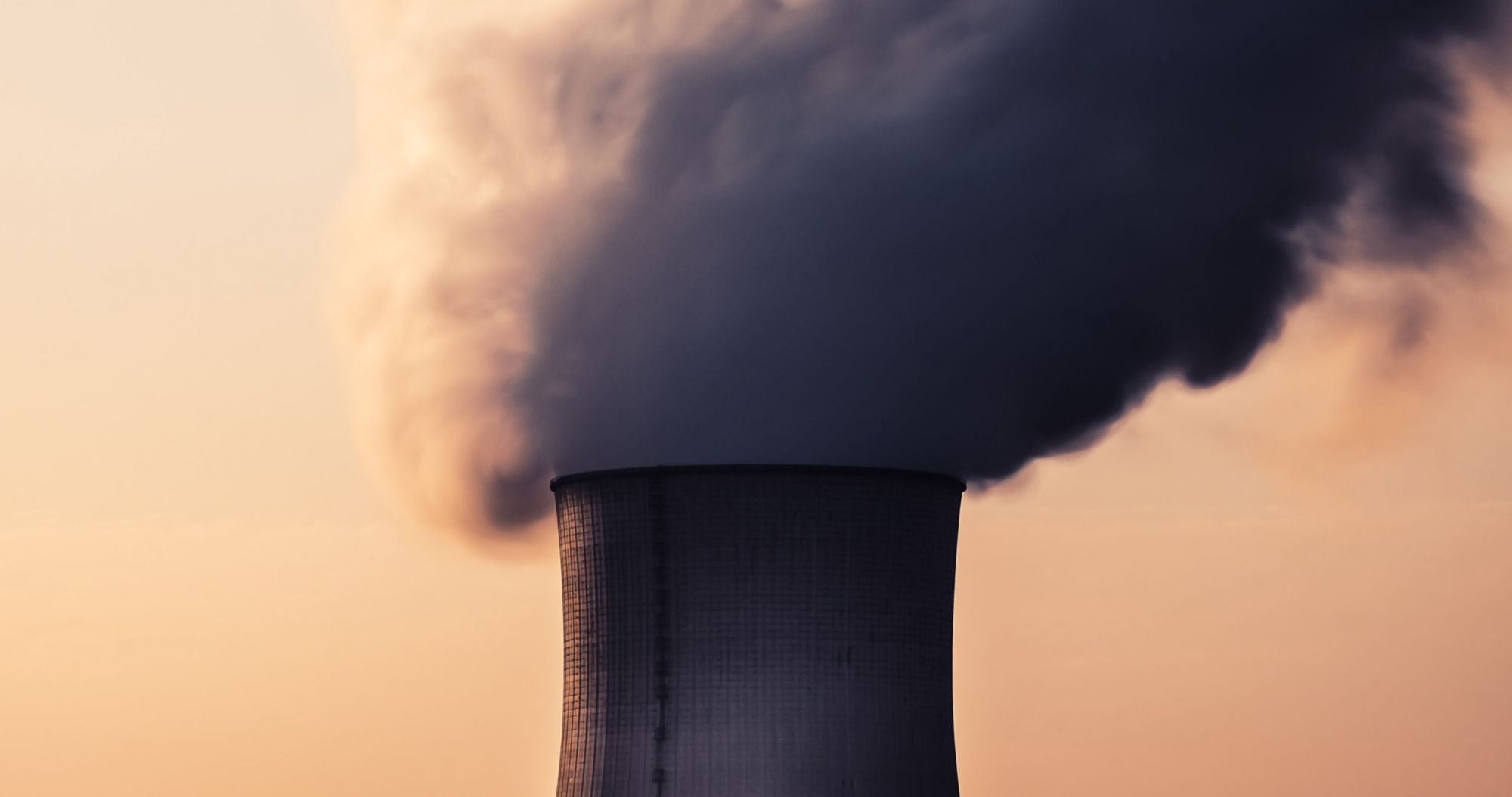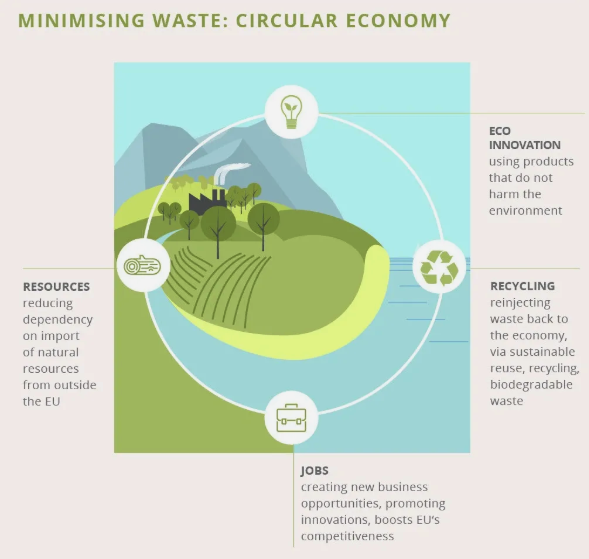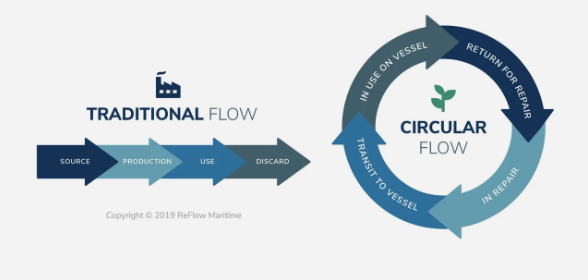Webinar Cirkulær Økonomi
Vi vil gerne invitere medlemmere af Danske Maritime til Webinar Onsdag den 27. maj 2020, kl. 15.00–16.00 hvor vores CEO Rasmus Elsborg-Jensen vil give hans syn på Cirkulær Økonomi som et værktøj til besparelser og grøn branding Danske Maritime og ReFlow
Maritime inviterer til et webinar, hvor vi introducerer cirkulær økonomi som et værktøj, der potentielt kan skabe vækst, job og en grønnere maritim industri.
COVID-19 krisen har medført forandring og usikkerhed om fremtiden i den maritime industri. Asiatiske underleverandører og producenter har i nogen tid været lukket ned, hvilket bl.a. medfører problemer med leveringssikkerheden. Men det åbner også op for nye muligheder!
Vi vil gennem vores webinar blive inspireret af cases og eksempler. Derudover vil vi komme med forslag til, hvordan man, som producent eller servicevirksomhed, selv kan komme i gang.
Webinaret henvender sig til danske maritime producenter og servicevirksomheder af fysiske produkter, der er nybegyndere eller kun har en lille viden inden for cirkulær økonomi.
Agenda
- Velkomst v/Jenny N. Braat, CEO Danske Maritime
- Introduktion til cirkulær økonomi
- Begreber og definitioner
Hvad er forskellen på repair, remanufacturing og service?
Hvornår er noget cirkulært?
Er nyt altid bedre? - Cirkulære forretningsmodeller
Hvordan kan nye forretningsmodeller styrke konkurrenceevnen?
Kan jeg leje/lease mit produkt ud?
- CO -aftryk og klima
Hvor meget kan man sænke et produkts CO2-aftryk ved at tænke cirkulært – og hvordan dokumenterer man det? - Cases og eksempler
Fra maritime virksomheder samt Renault, Airbus m.fl. - Spørgsmål og diskussion

